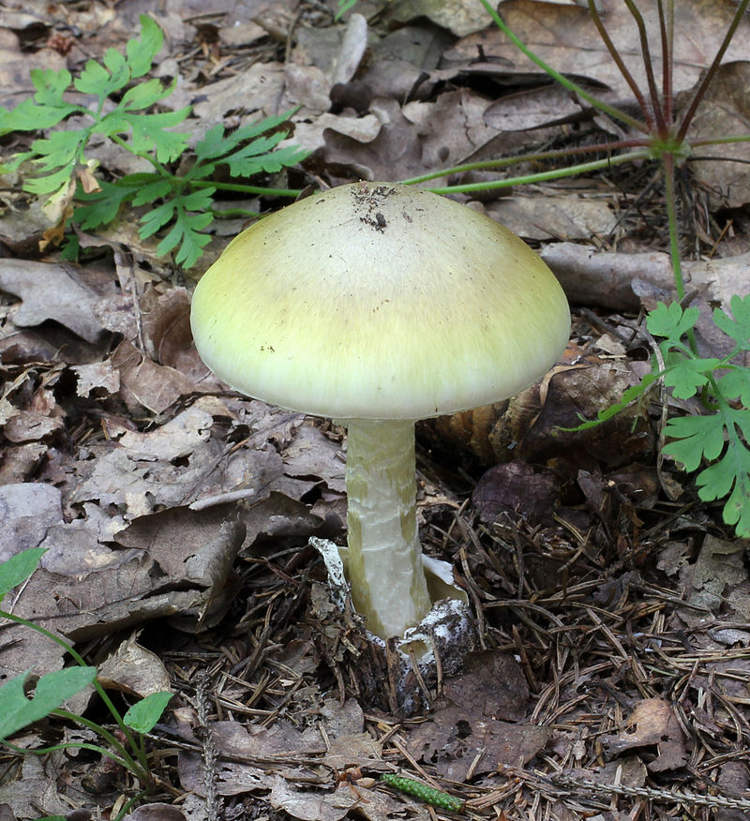Amanita phalloides, commonly known as the ‘death cap’ mushroom, has always fascinated scientists both because of its deadly amatoxins and the way it manages to conquer new lands in record time.
The death cap originated in Europe where it grows by burrowing into the roots of European Oak trees and forming a symbiotic relationship with them, but it has somehow managed to colonize every single continent except Antarctica. This impressive feat has been puzzling scientists for years, because of how fast the process seemed to be. Most likely introduced in California sometime in the 19th century, by hitching a ride with soil-potted seedlings from Europe, the poisonous mushroom quickly spread across the US state, from the Bay Area further up the coast, eventually becoming more abundant than in its native Europe. After decades of research, scientists now know how the rapid conquest happened.

Photo: George Chernilevsky/Wikimedia Commons
According to a new study published on January 31 to the preprint server biorXiv, death cap samples collected from all over California are perfect copies of each other, clones produced asexually, without needing to mate to spread their spores in new, unconquered regions. This reproductive capability surprised researchers, as DNA samples from European death caps clearly showed that it reproduces sexually. The same goes for mushrooms collected from New Jersey and New York.
DNA sequencing showed that death cap mushrooms in California contained the exact same genetic material and the capability to reproduce asexually for around 30 years. Scientists theorize that Amanita phalloides is capable of switching on asexual reproduction to help it rapidly spread across new regions, and then switch back to sexual reproduction once the colonization is complete.

Photo: AYArktos/Wikimedia Commons
More research is needed to learn how and when asexual reproduction is switched on, and whether this is a capability specific to the death cap, or a strategy of other invasive mushrooms as well.
The death cap holds the Guinness Record for “world’s most toxic mushroom” and is responsible for the most fatal mushroom poisonings worldwide. Featuring tinted green caps, white stems, and white gills, this fragile-looking mushroom resembles several edible species commonly consumed by humans and is said to have a rather pleasant taste as well, which only makes it more dangerous.
Six to seventy-two hours after consumption, symptoms start to set in. The amatoxins in the death cap mushroom enter the liver through the intestinal tract and then bind to protein-producing enzymes, preventing them from doing their job. With no protein production, the liver begins to die, causing nausea and diarrhea, which is often followed by other organ failures, coma, and death.
The amatoxins produced by Amanita phalloides are thermostable, which means they resist changes due to heat, so the effects of the toxins are not at all reduced through cooking. It is estimated that half of a death cap mushroom is enough to kill an adult human.
There is currently no known cure for death cap poisoning. Fluids can help alleviate the symptoms, and a few specific treatments have been shown to improve survivability, but poisoning is often times fatal.












